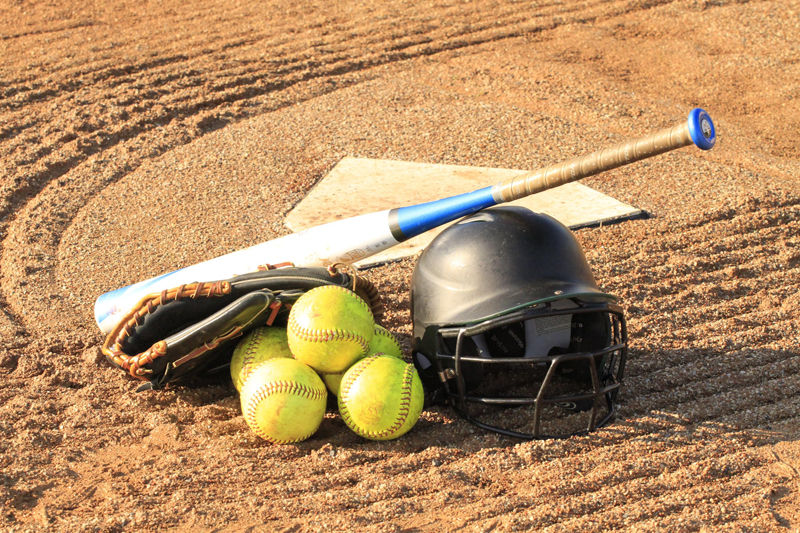How to time a leadoff in Fast Pitch Softball

This was not their fault – they were just doing what I had instructed them to do. In most versions of Fast Pitch Softball, the base runner must be touching the base until the pitcher releases the ball, otherwise they can be called out. Our base runners use a rocker start, and I had taught them to begin their back leg movement when the pitcher planted her stride foot, thinking that they would push off from the base about the time the pitcher would have released the ball. Well, the video revealed that the ball is well on its way to the catcher by the time my base runners had left the base. Clearly, the “begin running when the pitcher’s stride foot plants” was bad gouge.
Picture me rolling my eyes at myself when I realized this. The only reason I taught the runners to go at stride foot plant was because that’s what everyone else teaches!! ARGH!! I’d violated my own coaching rule (Don’s Coaching Rule No. 2, to be specific) and not questioned conventional wisdom. In a game where speed is queen, I was teaching my players a technique that was costing them around a third of a second, or about five feet (!) of base running when they stole a base. Good grief!!
So when is the proper time to begin moving that back foot in a rocker start? To determine that, first I recorded the time from when my base runners started moving their back leg to the time the back foot moved in front of the front knee. I figured this would allow a little bit of a safety margin so that the runner is still definitely touching the base until the pitcher releases the ball. The average time this took for my twelve 12U players was about 0.51 seconds, with the fastest being 0.40 seconds and the slowest being 0.63 seconds.
Then I looked at my pitcher’s windmill motion. She releases the ball about 0.17 seconds after stride foot plant, so clearly a base runner timing her back foot movement with the pitcher’s stride foot results in a poor jump. Backing up the video 0.51 seconds before ball release puts the base runner’s timing point not at foot plant, but when the ball moves forward past the hip the first time – essentially one complete arm rotation before the point that the ball is released.
As pitchers get older and faster, their motion will speed up and it is likely that a base runner can begin taking her lead earlier in the pitcher’s motion. Likewise, base runners will get bigger and faster as they get older, though probably at a slower rate than the pitcher’s increased speed. Unfortunately, I have yet to collect data on older pitchers and runners, but will report that data when I get a chance. In the meantime, I recommend using the ball moving forward on its first pass by the hip as the trigger point for the base runner taking a lead.
Hmmm…does this mean that a slingshot delivery is a better delivery as far as keeping runners closer to the base? I will definitely have to investigate this in a future article…
BellaOnline Softball Subject List: Coach´s Box, Health & Medical, History of Softball, International Softball, Organizations, Parents , Professional Softball, Reviews, Rules & Regulations, Scorekeeping, Stats & Analysis, Travel Ball |
This site needs an editor - click to learn more!
You Should Also Read:
Using Video as a Stopwatch
Don’s Coaching Rule No. 2
Teaching Time on the Softball Field
Related Articles
Editor's Picks Articles
Top Ten Articles
Previous Features
Site Map
Content copyright © 2023 by Don McKay. All rights reserved.
This content was written by Don McKay. If you wish to use this content in any manner, you need written permission. Contact
BellaOnline Administration
for details.


